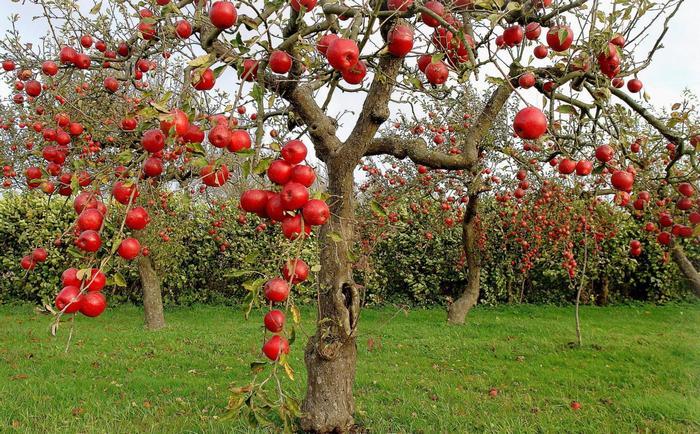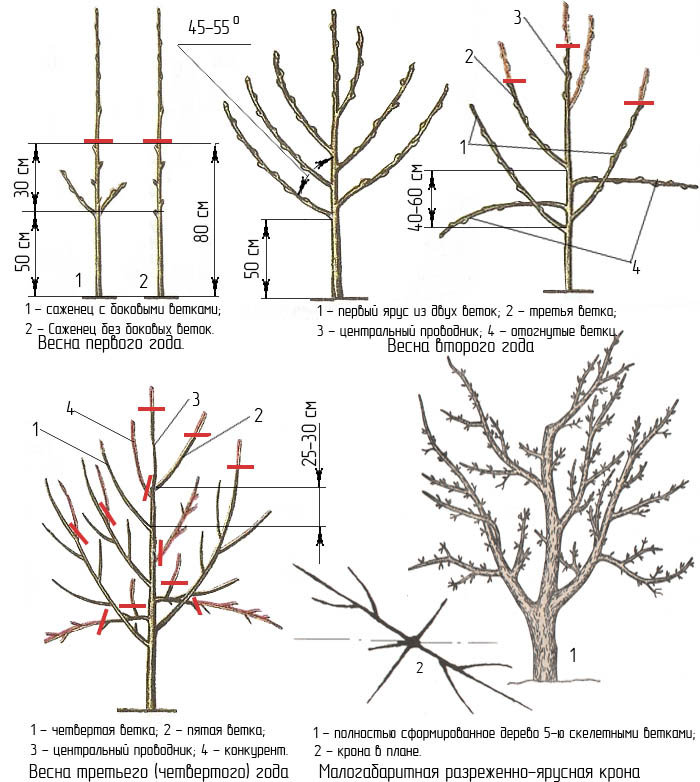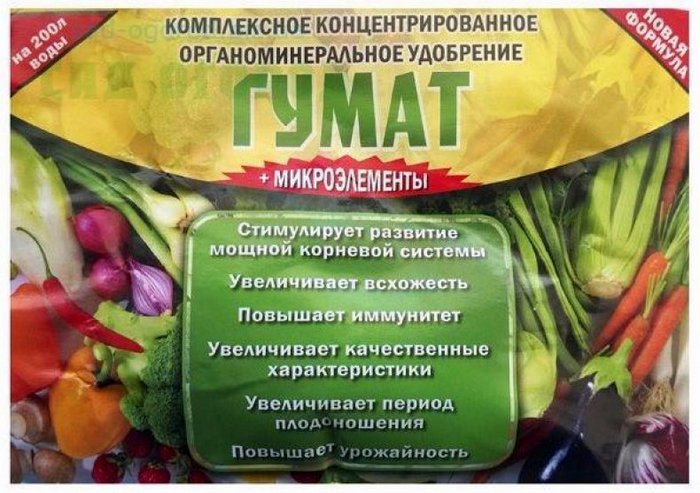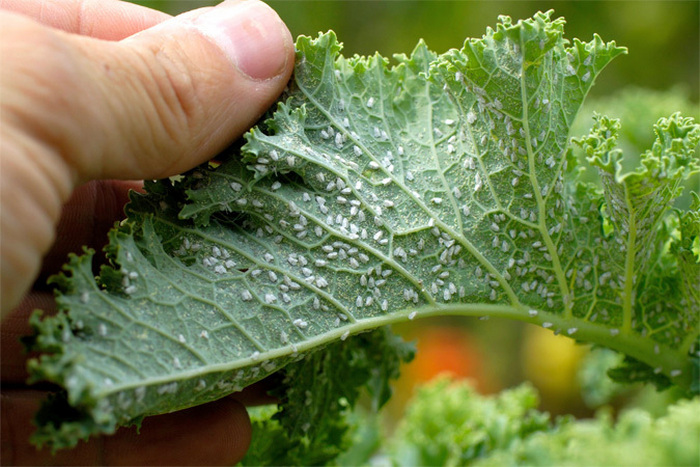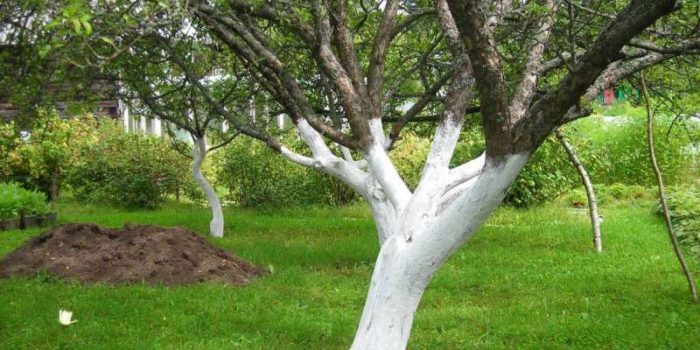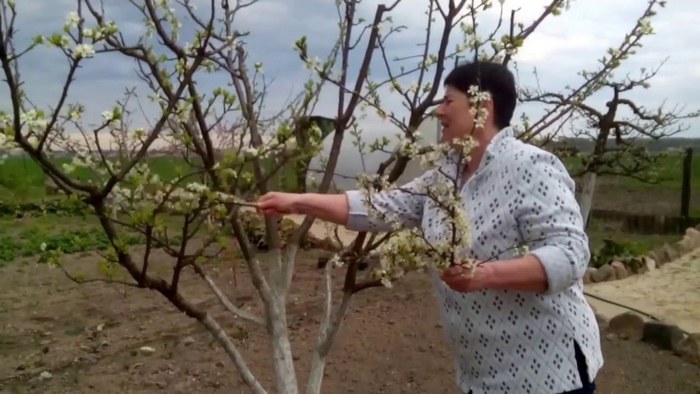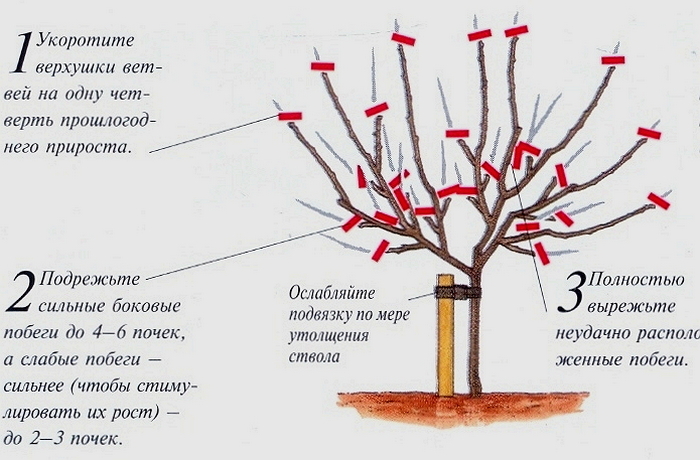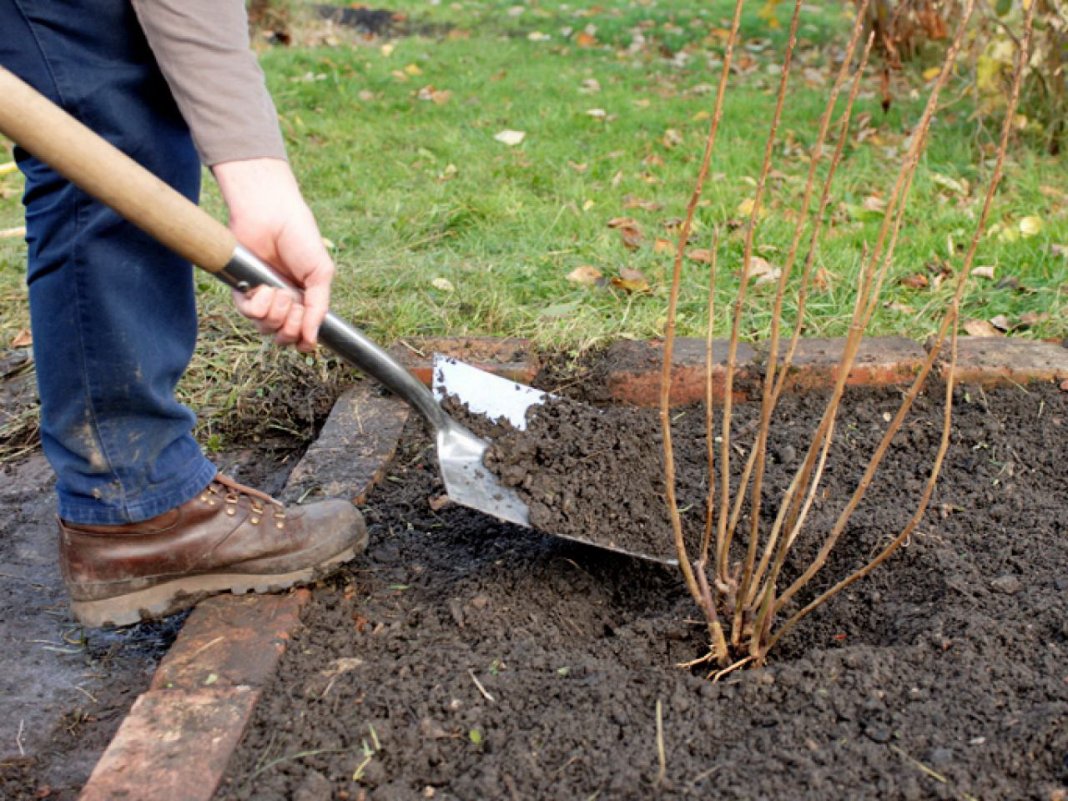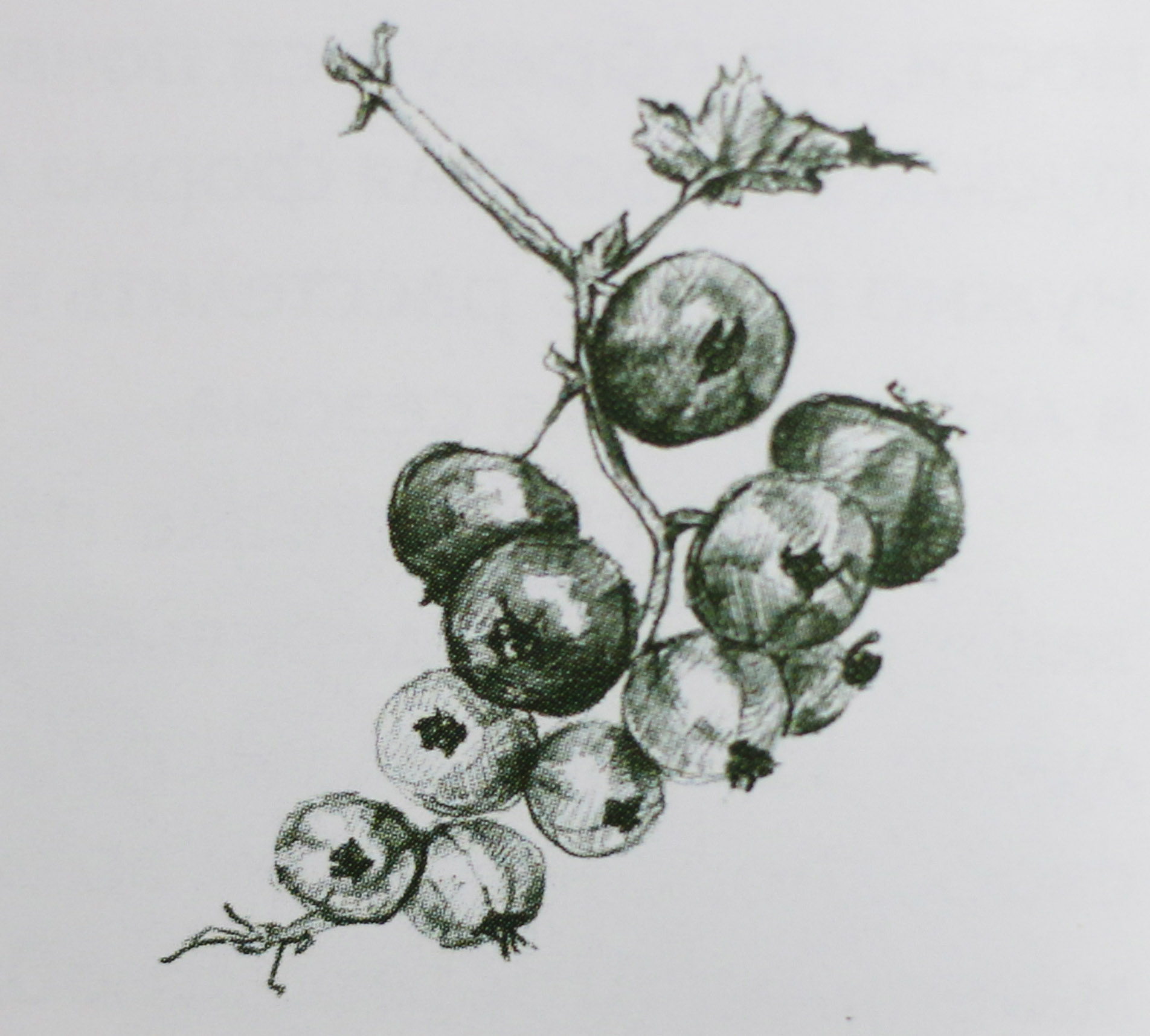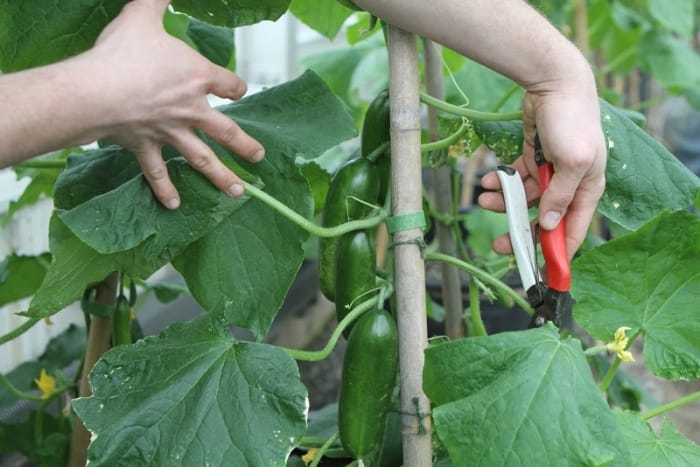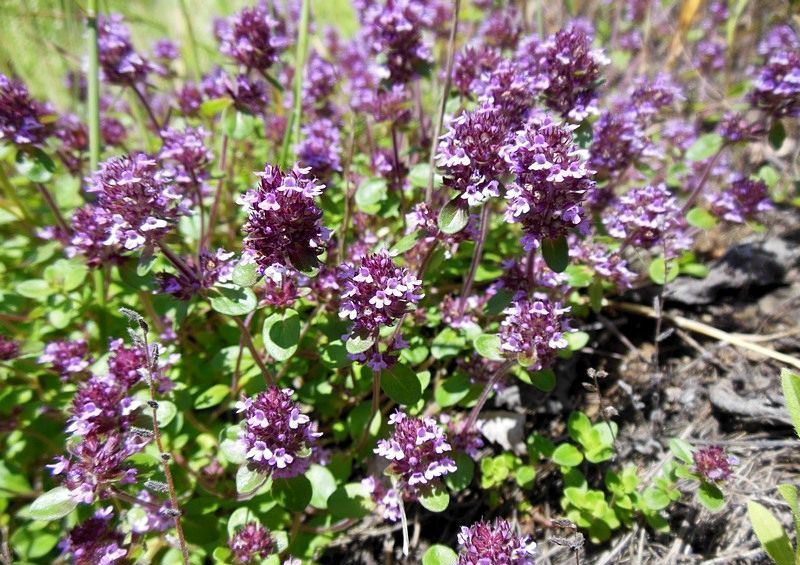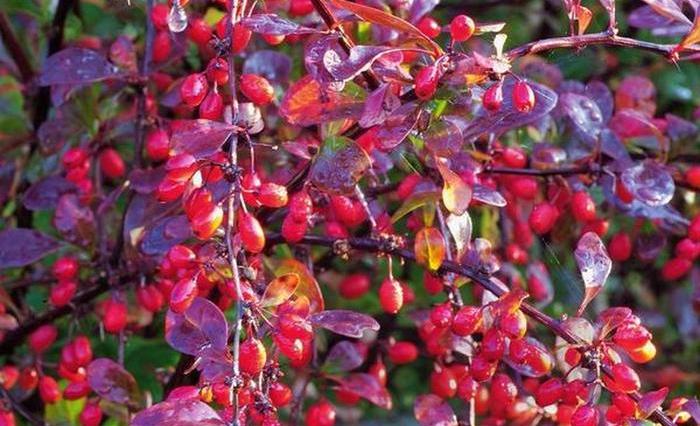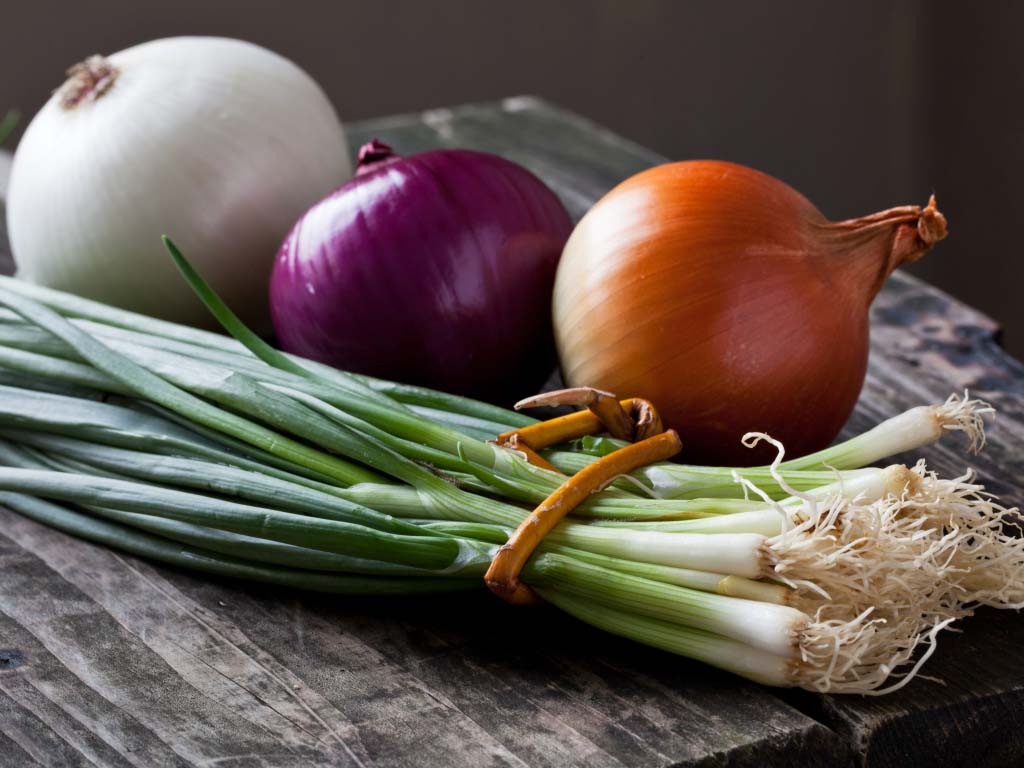Content:
The apple tree has become one of the most common fruit trees in gardens. Its yield depends entirely on proper and constant care, which begins in early spring. With proper care, the apple orchard will not only delight you with delicious fruits, but will also become the main decoration of a summer cottage or a personal plot.
Features of caring for an apple tree
If you want to plant an apple orchard, you should think about which variety is most resistant to pests. The indicator of productivity, taste, shelf life is also very important. Some of the most popular summer varieties of apple trees: White filling, Melba, Borovka. The best autumn varieties include Zaryanka, Uslada, Zhigulevsky variety. From winter varieties, it is recommended to choose Antonovka, Golden Delicious, Rubin, Bohemia. It is not enough just to choose a good variety, you also need to know how to plant an apple tree correctly in spring and how to properly care for it.
Apple tree care activities in spring start as soon as the sun begins to warm. It's time to get rid of the heaters from the boles. Then you should start sanitary pruning. Garbage in the area of the trunk circles is removed and burned. It is necessary to loosen the soil to a depth of about 5-7 cm. Then it is the turn of the introduction of fertilizers, mainly nitrogen.
Whitewashing is done at any convenient time, in dry weather, in the next day or two. Apple trees are sprayed several times per season: before the buds swell, during and after flowering. Before the insects wake up, you need to have time to set traps.
Care periods:
- Summer care about the apple orchard consists in timely watering and pest and disease control. As soon as harmful insects are detected, treatment with insecticidal preparations is carried out. The hot summer requires feeding the apple tree with nitrogen fertilizers and iron vitriol.
- Autumn period begins with harvesting. It is necessary to monitor the cleanliness of the trunks in order to avoid the occurrence of fungal and putrefactive diseases. Autumn is the time for the introduction of mineral fertilizers. Trimming, loosening of near-trunk circles, insulation of boles by means of roofing felt or roofing material is carried out.
- Winter care behind the apple orchard is mainly to remove snow from the branches in order to avoid them breaking off. It is also necessary to check the condition of the insulation and close the gaps bitten by mice or hares in time.
Caring for different types of apple trees
Given the characteristics of different species, you can learn how to care for an apple tree and avoid mistakes. Care of the main varieties:
- The columnar tree has a vulnerability in the area of the root system due to its proximity to the surface. In preparation for the winter season, trees should be hilled. It is recommended to trample snow in the trunk circle. Watering should be careful, in a thin stream. It's good to make a tinning. Cereals are sown in spring and mowed as they grow;
- Creeping apple trees require crown insulation in preparation for winter. The branches of young trees are fixed pressed to the ground. After that, they are covered with tops for insulation.Whitewashing is performed not only on the trunk, but also on the skeletal branches;
- Apple stems require control over the amount of harvest. In the first year you can grow only one apple, in the second - 2 or 3. Thinning of the ovaries stops only in the 5th year;
- Semi-dwarf apple trees are sensitive to the amount of fertilizer. Due to its small size, the tree requires a reduced portion of nitrogen, otherwise root burns can be provoked. If the fruit bearer gives a large harvest, then you will have to strengthen the branches with an emphasis from the boards, protecting them from breaking off;
- Dwarf trees should be planted separately from tall young growth, as they can die from lack of sunlight. The trellis growing method is suitable for them. Trees grow in the same plane, as they are formed in a special way and are attached to the support.
Landing
Consider a spring apple tree which has features of planting and care in the open field. The second half of April is the best time for planting an apple tree. Dig a hole 80 cm deep and 90-100 cm in diameter about a week before the start of the procedure. In this case, the upper fertile layer of the earth is deposited separately.
Next, the pit is processed:
- loosening with a shovel to the depth of a bayonet;
- laying rusty pieces of iron or walnut shells on the bottom of the pit;
- falling asleep with a previously deposited fertile soil layer;
- making and mixing fertilizers with the soil: 1 cup superphosphate, 3 tbsp. l. potassium sulfate, a pair of buckets of manure humus, wood ash;
- filling the volume of the pit with earth until a mound is formed with a height of about 20 cm;
- a peg is installed in the center of the elevation.
Next, the seedling is placed in the central part of the mound and the straightened roots are covered with earth with careful compaction. In this case, the area connecting the trunk and roots of the tree should be raised by about 4 cm from the ground surface. It remains only to tie the seedling to a peg and water thoroughly. One tree will need 3-4 buckets of water with a volume of 10 liters.
Caring for the apple tree in the first year is the most important, since the survival rate of the tree, as well as the future health and yield of the apple tree, depend on it. The procedures begin from the moment the seedling is planted. An indicator of competent care is the rapid rooting of young animals and intensive growth. For this, it is necessary to eliminate the shortcomings in a timely manner.
It is recommended to shorten the central conductor by 2-3 buds immediately after planting. This promotes the growth of lateral shoots. Each of the skeletal branches should be lower than the center conductor.
If the tree is planted too deep, then it should be raised. Around it you need to dig a circular trench of the same depth. The distance from the trunk should be from 35 to 40 cm. After that, the root ball is lifted with shovels and the formed space is filled with nutritious soil. The height should be such that the roots and root collar are not exposed.
If the soil in the planting hole was not sufficiently compacted when planting a young apple tree, then the trunk may begin to grow at an angle. You can straighten the tree until it begins to grow, using a rope and a stake. The trunk is carefully pulled in the right direction and tied to a peg.
Places of curvature of the stem and shoots are corrected by tying a rail to them. It is necessary to monitor the garter and loosen it in time to avoid the occurrence of constrictions. This is done during 1-2 growing seasons.
In order for a young apple tree to receive enough nutrients, shoots should be cut from the roots and on the boles. The trunks should be loose and free of weeds.They are mulched within a radius of 0.7-1 m to a layer thickness of 4-5 cm. It is recommended to plant green manure plants around the young so that the seedlings receive the necessary microelements.
In the first year, fertilization is almost not required for the apple tree, but nitrogen fertilizers are applied to the previously loosened topsoil to activate growth. One root dressing is done in early spring. To do this, 2 tbsp. urea is diluted in 10 liters of water. For one seedling, you will need 15 liters of solution. In May and June there are 2 foliar dressings each. Use solutions of "Sodium humate", "Effekton". At 1 st. l. funds account for 10 liters of water. One apple tree
You need to monitor the timely watering. From spring to autumn, watering is carried out 5 times. Each tree needs about 2-3 buckets of water. In the future, the frequency of watering is reduced to 3 times: during flowering, the formation of ovaries, the appearance of medium-sized fruits. The portion of water increases by 1-2 buckets annually and reaches 7-8 buckets by the 5th year of the apple tree's life. A tree aged 8-10 needs 10-15 buckets of water.
Green aphids and leaf-eating caterpillars cause irreparable harm to young seedlings. It is necessary to regularly inspect the plantings and take timely measures to destroy pests. If manual collection and destruction does not give an effect, then it is worth using chemicals.
Care
Digging
Each year, the diameter of the root system increases by 50-80 cm. Therefore, in the second year after planting, the diameter of the apple tree trunk circle is increased to 2 m. In the future, its increase occurs in accordance with the growth of the crown.
Spring entrenching is done within a radius of 50 cm around the apple tree. It is not necessary to stir the soil too deeply, by half the bayonet of the shovel, about 6-8 cm. It is not necessary to turn the soil layer. It is recommended to dig in with a pitchfork to protect the roots from damage. After that, large roots are broken, loosening the soil. Then the lower part of the trunk is coated with clay and whitewashed.
Autumn entrenching is carried out during leaf fall, to a depth of about 15 cm, with a turnover of the earth layer. It is not necessary to loosen the earth clods. Digging is accompanied by the addition of peat and manure mulch.
Throughout the spring-summer season, it is necessary to loosen and weed the soil around the trunks. It is useful to mulch with peat sifted with compost. The layer should be about 5 cm. The shallow root system is characteristic of the apple tree. Therefore, turfing of the near-stem circles interferes with the roots and reduces the yield.
Mulching
Mulching refers to an agronomic measure to increase the productivity of a fruit tree. Mulch is the organic material that covers the soil. It not only nourishes the soil, but also protects against dryness and weed infestation. It is an excellent breeding ground for earthworms. The minimum layer of mulch is 5-8 cm.
Organic and inorganic materials are used as mulch: sawdust, peat crumb, needles, rotted straw, fallen leaves, organic fertilizers, paper, film and others. One of the best materials for mulching is compost that you can make yourself.
Mulching begins with the introduction of useful microelements, organic matter into the soil, especially when using inorganic material. All tree trunks are covered with mulch. The procedure is most useful for low-stemmed apple trees with a small crown. Pre-winter mulching is done with peat mixed with manure. A mixture of 10-15 cm thick covers the area of the trunk circle.
Pollination
Pollination is the most important condition for fruiting. To attract pollinating insects, you can spray trees with a sweet solution: 1 tbsp. l. sugar in 1 liter of water or 2 tbsp. l. honey with a bucket of water.To improve fruit formation, it is recommended to treat apple trees with a solution of 5-7 g of boric acid per 10 liters of water. The procedure is carried out before sunset, during the blooming of the buds. After a week, the treatment should be repeated.
If the garden area is located far from others, then you need to plant trees in groups of 2 or more varieties blooming at the same time. The apple tree of Simirenko is pollinated by the varieties Wagner, Golden Delicious, Jonathan. The yield of the White filling rises near Suislepskaya. The Antonovka variety is pollinated by Borovinka and White filling. The apple tree should not be planted next to the cherry.
Tying
Apple seedlings must be supplied with a garter for 2-3 years, until a strong root system is formed. This measure protects trees from gusts of wind. In addition, the garter serves to support the crown, ensures the stability of the seedling with short or damaged roots. It is also necessary for dwarf apple varieties. The garter must be soft so as not to damage the bark and branches. There are several methods of tying apple trees: with stakes, between 2 sticks, "figure eight", to the trellis, by means of a staple.
Pruning
Apple trees need pruning every year in spring or fall. If you skip one year, the branches become thicker, and the procedure is less tolerated by the tree. The benefits of pruning:
- increasing the quality and size of fruits;
- regularity and duration of fruiting;
- more free access of air and light to the branches, which protects the tree from pests and diseases;
- an increase in the annual terminal growth to 40-60 cm;
- improvement of the apple tree.
Spring pruning is done when the temperature reaches above -5 degrees before the buds begin to bloom (March – April). Autumn pruning starts after harvest and can be done until late fall.
There are several types of trimming:
- Formative. The correct crown is formed from 4, separately growing strong branches. Weak and diseased branches must be removed. Before the buds swell, the ends of the remaining branches should be slightly trimmed;
- Normalizing. If an excessive abundance of fruit buds has formed, then some of them must be removed. This contributes to a good harvest;
- Anti-aging pruning is done annually. It is necessary to remove branches with old buds and perennial annual growths, as they give birth to low quality fruits. The reason for the removal is the lack of branch growth;
- Sanitary pruning allows you to rid the apple tree of dry and frozen branches during the winter;
- Restorative pruning is carried out to eliminate the consequences of violating the rules of tree care. Mechanical damage to branches and crown is eliminated, which is given the correct shape.
Pest (insect) treatment
Getting a good apple harvest depends on protective measures against diseases and pests.
The main ways to combat insect pests
| Pest | Means of protection |
|---|---|
| Hawthorn | Karbofos, Phosphamide, Metaphos |
| Hawthorn moth | Nitrofen, Karbofos |
| Winter moth | Multiple processing with pesticides, digging up the soil, trapping belts |
| Apple mite | Aqueous solution of Karbofos and other insecticides |
| Apple aphid | Toxic chemicals, soap-tobacco solution |
The main diseases typical for apple trees
| Disease | Signs | Control methods |
|---|---|---|
| Powdery mildew | White bloom on aerial parts of the plant that becomes brown with dots | Cutting and burning infected plant parts; in the early stages - treatment of 80 g of sulfur per 10 liters of water |
| Scab | Brown, drying leaves; small brownish spots on apples | Three times processing: |
| · During budding - 3% Bordeaux liquid; | ||
| · End of flowering - 1% Bordeaux liquid, HOM, Kuprozan; | ||
| · 2 weeks after flowering - Horus or Ditan. | ||
| Apple fruit rot | Infection with fungal spores. Brownish-brown spots on fruits, then white circles. Apples fall to the ground, dry on the branches | Throwing infected fruits away from the site, treatment with 1% Bordeaux liquid |
Elimination of damage
Gnawed
Gnawed by mice, hares, water voles, goats. The main danger is damage to the cambium, as a result of which the tree dies. The main thing is to detect the problem in time and take action before the spring warmth. Mice gnaw only a narrow outer layer of the bark, not reaching the cambium. Tight wrapping the wound with plastic wrap helps to repair the damage.
Hares or goats gnaw the tree more deeply, getting to the cambium. The situation is corrected by covering the wound with cow dung mixed with garden pitch or clay in a 1: 1 ratio. A film is wound on top, and then covered with roofing material to create heat. In the summer, the damage is examined and, if necessary, cleaned of dead tissue, after which the procedure is repeated.
With a dead cambia, healing becomes much longer. The bark grows, tightening the wound until the edges are closed. It is necessary to periodically scratch the growing roller to stimulate tissue growth, and apply var.
Damage larger than half the diameter of the trunk is repaired by grafting and installing bridges. Ring bark injuries are especially dangerous. The supply of nutrients to the branches and buds is stopped, which leads to the death of the tree. We have to cut down the trunk, cover the cut with a pitch and grow a new apple tree from the awakened sleeping buds.
Broken or crack
Windbreaks, wet snow adhesion and gusts of wind often lead to breaking off branches. The untreated lesion becomes a focus of infection. Measures can be taken to treat damage at any time, except for the growing season. A broken branch is cut with a sharp pruner. Then the damaged bark is cut off with a knife. It is necessary to completely clean the wound from decaying and rotten tissue.
A completely dry wound is treated with copper-containing preparations (1% or 3% Bordeaux liquid), antifungal agents, 3% ferrous sulfate solution can be used. After the open wound has dried, special putties are used.
Top dressing
When planting seedlings, the land was sufficiently well prepared, so there is no particular need for feeding during the entire first year. After the tree enters the growing season, industrial fertilizers are applied, as well as natural ones. You can add organic mixtures to the soil:
- 1 part mullein to 10 parts water;
- 1 part chicken manure to 15 parts water;
- a bucket of water with 1/10 of the manure and 1 tbsp. l. urea.
Once every 5-7 years, lime dressing is introduced in the form of dolomite or limestone flour. Foliar top dressing by spraying is also effective:
- urea diluted with water;
- carbamide solution;
- liquid fertilizers "Sodium humate", "Effecton" are diluted in a proportion of 1 tbsp. l. 10 liters of water.
Topping
Pinching is a more gentle method of increasing the yield of apple trees, compared to pruning, since the procedure is still not lignified shoots. Spring or summer pinching of green shoots is done with fingers, not pruning shears, which promotes rapid healing of wounds. Pinching is applied to shoots from 12 to 15 cm long, above the 3rd or 5th true leaf. Pinching helps to get rid of the branches growing downward inside the crown. Strong growths growing parallel to the trunk, spinning tops are removed. If you pinch the top of the lateral branch, you can control the length of branch growth.
Tips from seasoned gardeners
At first, it is quite difficult for a beginner to get a good harvest, since only an experienced gardener knows the tricks of growing an apple orchard. If you apply all the advice and recommendations of experts in their field, then you can achieve an excellent result. Here are the secrets of getting a high yield of apples.
Correctly formed crown
The branches must be guided horizontally along their entire length.For this, weights or tying branches to pegs stuck into the ground are used. A young seedling is formed using the clothespin method. The clothespin is attached to the still green branch in such a way that its bifurcated end rests against the base of the shoot.
Pruning branches
By shortening a branch by a third of its total length, you can double the yield of the crop. It is also necessary to thin out the crown by completely removing the defective, growing vertically or inside the crown, weak and diseased branches. Places of cuts must be processed with garden varnish.
Control over the number of fruits
The central fruit should be removed from each bunch on a young tree. They usually have flaws and take away the strength of the apple tree. We need to rid her of all the sick, deformed specimens. You can shake the tree so that some of the defective fruit crumbles itself.
Chemical thinning method
For tall apple trees at the flowering stage, chemical preparations can be used:
- 100-300 g of soda ash (1-3%) per 10 liters of water;
- 50-150 g of chloramine (0.5-1.5%) per 10 liters of water.
Spraying flowers with these preparations can halve the number of ovaries. This gives an enlarged fruit, an improvement in their taste and a high yield for the next year.
Wells for feeding
Holes must be drilled in order for nutrients from water and top dressing to penetrate to the roots faster. It is enough to make one hole for each square meter of the stamping circle, in the zone of the active root system of the plant. The depth of the well is up to 60 cm, the diameter is 10-12 cm. The cavity of the wells is filled with drainage material, for example, sand or gravel. It is in them that nutrient solutions and water are poured.
In addition to the listed recommendations, the condition for proper watering, feeding and protecting the apple tree from pests remains unchanged. With this care, an outstanding harvest will be a realistic goal for any gardener.
